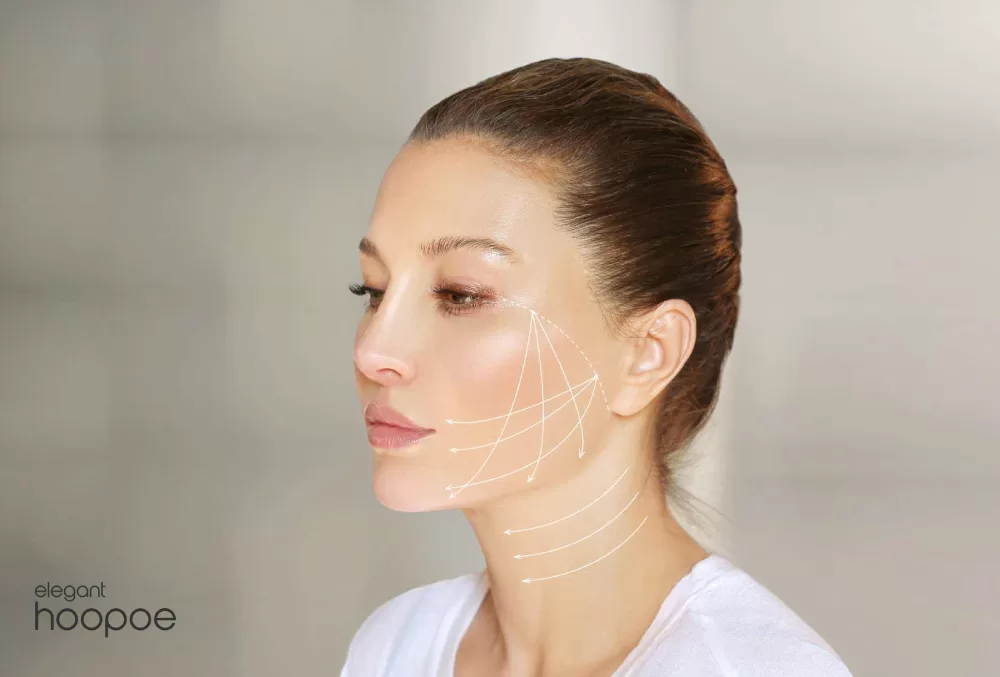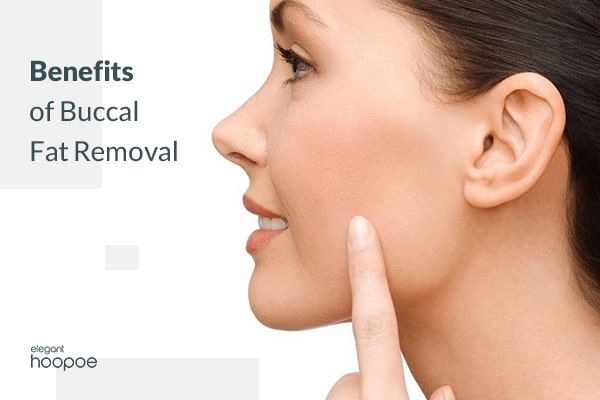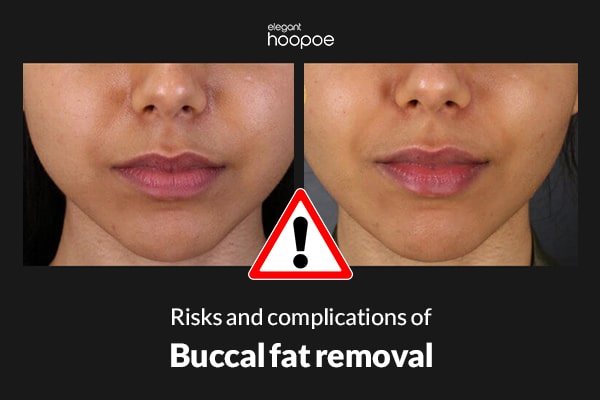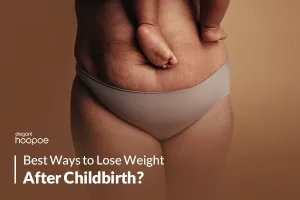Buccal Fat Removal in Dubai
When we hear body fat, we usually think of the fat stored in the abdomen or legs. But the truth is, some portion of the fat also gathers in the face. When this cheek fat gets too much, it could affect the face shape. To solve this, many surgical and non-surgical cheek fat reduction options have been developed.
With face fat removal, your facial bones, especially the cheekbones and jawline, become more visible. Therefore, the procedure is popular among those who want a contoured face. At our buccal fat removal Dubai clinic, we specialize in face fat and buccal fat removal procedures. So if you want to know everything about these methods, keep on reading this post.
What’s Buccal Fat removal?
Face fat removal involves methods that are used to reduce the extra fat in different parts of the face. While this fat could also gather in areas such as the jawline, chin, and neck, it’s the cheeks that usually get the most attention.

Cheek fat removal is one of the popular surgical methods that is used for removing excess fat from the cheek fat pads. For those of you who ask where is buccal fat located, these pads are located in the lower cheek area. The removal procedure is done on these areas to make the face look more defined and sculpted. The procedure is also known by names such as cheek reduction and buccal lipectomy, and it can create a V-shaped face, which is very popular these days.
Remember that buccal fat removal is different from Cheek Liposuction. In the latter, a suction device is used to remove the fat from the cheeks. In buccal fat pad extraction, on the other hand, we remove the fat pad that is located below the cheekbone by using minimally invasive surgery. You can read more about cheek liposuction here.
How Is Face Fat Removal Done?
A lot of people are curious about how cheek fat pad removal is performed. In this procedure, a plastic surgeon makes a small incision inside the mouth. This is done to remove the fat pads from the face. The patients are usually under local anesthesia for this treatment. Something that you usually go through at the dentist’s office as well.
The incision is closed and covered after removing the fat pads. The minimally invasive procedure often takes about 30 minutes and makes your face look slimmer. Also, it can be done alongside other cosmetic surgeries such as:
- Facelift
- Rhinoplasty
- Chin implants
- Lip augmentation
- Botox injection
Who is the Best Candidate for Buccal Fat Removal?
This treatment is often effective for those with these qualities:
- People with too much cheek fat who want to have a more sculpted face shape.
- Slim people who want to improve their face angles.
- People with no major health issues, at the age of 20 to 60
- Non-smokers who have an overall stable weight.
For more personal situations, you can consult with a professional. In our Dubai clinic, we have healthcare providers who are there to help you decide.
What Are the Benefits of Cheek Fat Removal?

Before taking any procedure, it’s good to know what benefits you’re going to receive, so you can have realistic expectations. Here are the advantages that often come with face fat removal:
- Face contouring and an overall slim face shape
- More highlighted cheekbones
- A toned facial appearance
- More balanced jawline and cheeks
- Removing the stubborn fat that is resistant to diet and exercise
- Removing the fat below the cheekbones to make a V-shaped appearance
Recovery After Buccal Fat Reduction
The recovery period often takes about 3 weeks. There are a few things that you should expect after the treatment:
- Some bruises or swelling
- The buccal fat removal downtime is usually 5-7 days
- Eating softer foods in the early days
- Taking pain relievers and ice packs for potential pain
- Full results showing up after 2 months

Risks and Side Effects of Buccal Fat Removal
The procedure is minimally invasive and doesn’t cause any major side effects. In very rare cases, side effects such as bleeding, infection, or the face looking too thin have been reported. However, at our buccal fat removal Dubai clinic, the procedure is performed by experienced healthcare providers. We control the minimally invasive treatment with the highest safety standards, so you don’t have to face any of the buccal fat removal side effects.
Cost of Buccal Fat Removal in Dubai
The buccal fat removal cost in Dubai usually depends on a few factors. The type of anesthesia that is used, the volume of extra fat, and the medications used for treatment are all effective. For more information about the buccal fat removal price, you can call us at Elegant Hoopoe.
If you’re also searching for a safe and effective way to have a more sculpted face, you can consult with our professionals. Our experienced team in Dubai helps you to choose the best method for face fat removal.
FAQs
Does buccal fat grow back?
No, buccal fat does not grow back once removed. The procedure permanently removes the buccal fat pads and therefore, it is a long-lasting contouring treatment. However, if you gain significant weight, other face fat cells could expand.
Why is buccal fat removal a thing?
This method has become popular because it contours the face and make the cheekbones more visible. People who want a highlighted jawline and a V-shaped face usually find this treatment helpful.
Is it OK to remove buccal fat?
Yes, face slimming procedure is generally safe if it’s performed by experienced surgeons. If you have overall good health conditions, you can take advantage of the procedure to make your face look thinner.
Is it possible to Lose Face Fat?
Yes, it is possible to lose face fat through overall weight loss with methods such as diet and exercise. However, it takes consistent effort. Also only targeting facial fat loss is very difficult.
How to remove fat from cheeks without surgery?
There are a few methods such as facial massages, CoolSculpting, and cheek liposuction that make the face look smaller without performing buccal fat surgery. At our Dubai clinic, we also perform the best non invasive fat removal procedures.







